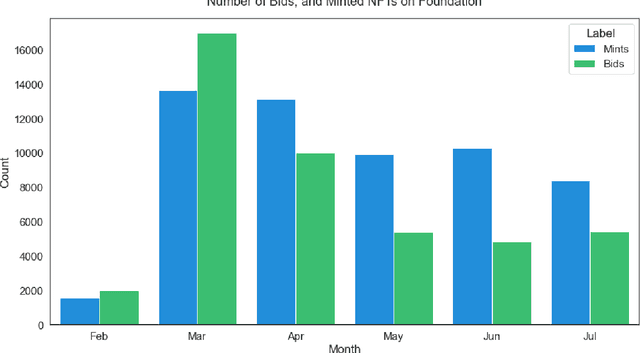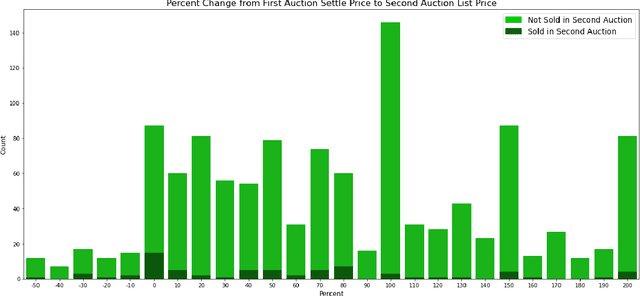Ali Owfi
Online Meta-Learning Channel Autoencoder for Dynamic End-to-end Physical Layer Optimization
Jan 03, 2025



Abstract:Channel Autoencoders (CAEs) have shown significant potential in optimizing the physical layer of a wireless communication system for a specific channel through joint end-to-end training. However, the practical implementation of CAEs faces several challenges, particularly in realistic and dynamic scenarios. Channels in communication systems are dynamic and change with time. Still, most proposed CAE designs assume stationary scenarios, meaning they are trained and tested for only one channel realization without regard for the dynamic nature of wireless communication systems. Moreover, conventional CAEs are designed based on the assumption of having access to a large number of pilot signals, which act as training samples in the context of CAEs. However, in real-world applications, it is not feasible for a CAE operating in real-time to acquire large amounts of training samples for each new channel realization. Hence, the CAE has to be deployable in few-shot learning scenarios where only limited training samples are available. Furthermore, most proposed conventional CAEs lack fast adaptability to new channel realizations, which becomes more pronounced when dealing with a limited number of pilots. To address these challenges, this paper proposes the Online Meta Learning channel AE (OML-CAE) framework for few-shot CAE scenarios with dynamic channels. The OML-CAE framework enhances adaptability to varying channel conditions in an online manner, allowing for dynamic adjustments in response to evolving communication scenarios. Moreover, it can adapt to new channel conditions using only a few pilots, drastically increasing pilot efficiency and making the CAE design feasible in realistic scenarios.
Adaptive Meta-learning-based Adversarial Training for Robust Automatic Modulation Classification
Jan 03, 2025Abstract:DL-based automatic modulation classification (AMC) models are highly susceptible to adversarial attacks, where even minimal input perturbations can cause severe misclassifications. While adversarially training an AMC model based on an adversarial attack significantly increases its robustness against that attack, the AMC model will still be defenseless against other adversarial attacks. The theoretically infinite possibilities for adversarial perturbations mean that an AMC model will inevitably encounter new unseen adversarial attacks if it is ever to be deployed to a real-world communication system. Moreover, the computational limitations and challenges of obtaining new data in real-time will not allow a full training process for the AMC model to adapt to the new attack when it is online. To this end, we propose a meta-learning-based adversarial training framework for AMC models that substantially enhances robustness against unseen adversarial attacks and enables fast adaptation to these attacks using just a few new training samples, if any are available. Our results demonstrate that this training framework provides superior robustness and accuracy with much less online training time than conventional adversarial training of AMC models, making it highly efficient for real-world deployment.
Dynamic Online Modulation Recognition using Incremental Learning
Dec 07, 2023



Abstract:Modulation recognition is a fundamental task in communication systems as the accurate identification of modulation schemes is essential for reliable signal processing, interference mitigation for coexistent communication technologies, and network optimization. Incorporating deep learning (DL) models into modulation recognition has demonstrated promising results in various scenarios. However, conventional DL models often fall short in online dynamic contexts, particularly in class incremental scenarios where new modulation schemes are encountered during online deployment. Retraining these models on all previously seen modulation schemes is not only time-consuming but may also not be feasible due to storage limitations. On the other hand, training solely on new modulation schemes often results in catastrophic forgetting of previously learned classes. This issue renders DL-based modulation recognition models inapplicable in real-world scenarios because the dynamic nature of communication systems necessitate the effective adaptability to new modulation schemes. This paper addresses this challenge by evaluating the performance of multiple Incremental Learning (IL) algorithms in dynamic modulation recognition scenarios, comparing them against conventional DL-based modulation recognition. Our results demonstrate that modulation recognition frameworks based on IL effectively prevent catastrophic forgetting, enabling models to perform robustly in dynamic scenarios.
A Meta-learning based Generalizable Indoor Localization Model using Channel State Information
May 22, 2023



Abstract:Indoor localization has gained significant attention in recent years due to its various applications in smart homes, industrial automation, and healthcare, especially since more people rely on their wireless devices for location-based services. Deep learning-based solutions have shown promising results in accurately estimating the position of wireless devices in indoor environments using wireless parameters such as Channel State Information (CSI) and Received Signal Strength Indicator (RSSI). However, despite the success of deep learning-based approaches in achieving high localization accuracy, these models suffer from a lack of generalizability and can not be readily-deployed to new environments or operate in dynamic environments without retraining. In this paper, we propose meta-learning-based localization models to address the lack of generalizability that persists in conventionally trained DL-based localization models. Furthermore, since meta-learning algorithms require diverse datasets from several different scenarios, which can be hard to collect in the context of localization, we design and propose a new meta-learning algorithm, TB-MAML (Task Biased Model Agnostic Meta Learning), intended to further improve generalizability when the dataset is limited. Lastly, we evaluate the performance of TB-MAML-based localization against conventionally trained localization models and localization done using other meta-learning algorithms.
Autoencoder-based Radio Frequency Interference Mitigation For SMAP Passive Radiometer
Apr 25, 2023Abstract:Passive space-borne radiometers operating in the 1400-1427 MHz protected frequency band face radio frequency interference (RFI) from terrestrial sources. With the growth of wireless devices and the appearance of new technologies, the possibility of sharing this spectrum with other technologies would introduce more RFI to these radiometers. This band could be an ideal mid-band frequency for 5G and Beyond, as it offers high capacity and good coverage. Current RFI detection and mitigation techniques at SMAP (Soil Moisture Active Passive) depend on correctly detecting and discarding or filtering the contaminated data leading to the loss of valuable information, especially in severe RFI cases. In this paper, we propose an autoencoder-based RFI mitigation method to remove the dominant RFI caused by potential coexistent terrestrial users (i.e., 5G base station) from the received contaminated signal at the passive receiver side, potentially preserving valuable information and preventing the contaminated data from being discarded.
Under the Skin of Foundation NFT Auctions
Sep 25, 2021



Abstract:Non Fungible Tokens (NFTs) have gained a solid foothold within the crypto community, and substantial amounts of money have been allocated to their trades. In this paper, we studied one of the most prominent marketplaces dedicated to NFT auctions and trades, Foundation. We analyzed the activities on Foundation and identified several intriguing underlying dynamics that occur on this platform. Moreover, We performed social network analysis on a graph that we had created based on transferred NFTs on Foundation, and then described the characteristics of this graph. Lastly, We built a neural network-based similarity model for retrieving and clustering similar NFTs. We also showed that for most NFTs, their performances in auctions were comparable with the auction performance of other NFTs in their cluster.
 Add to Chrome
Add to Chrome Add to Firefox
Add to Firefox Add to Edge
Add to Edge